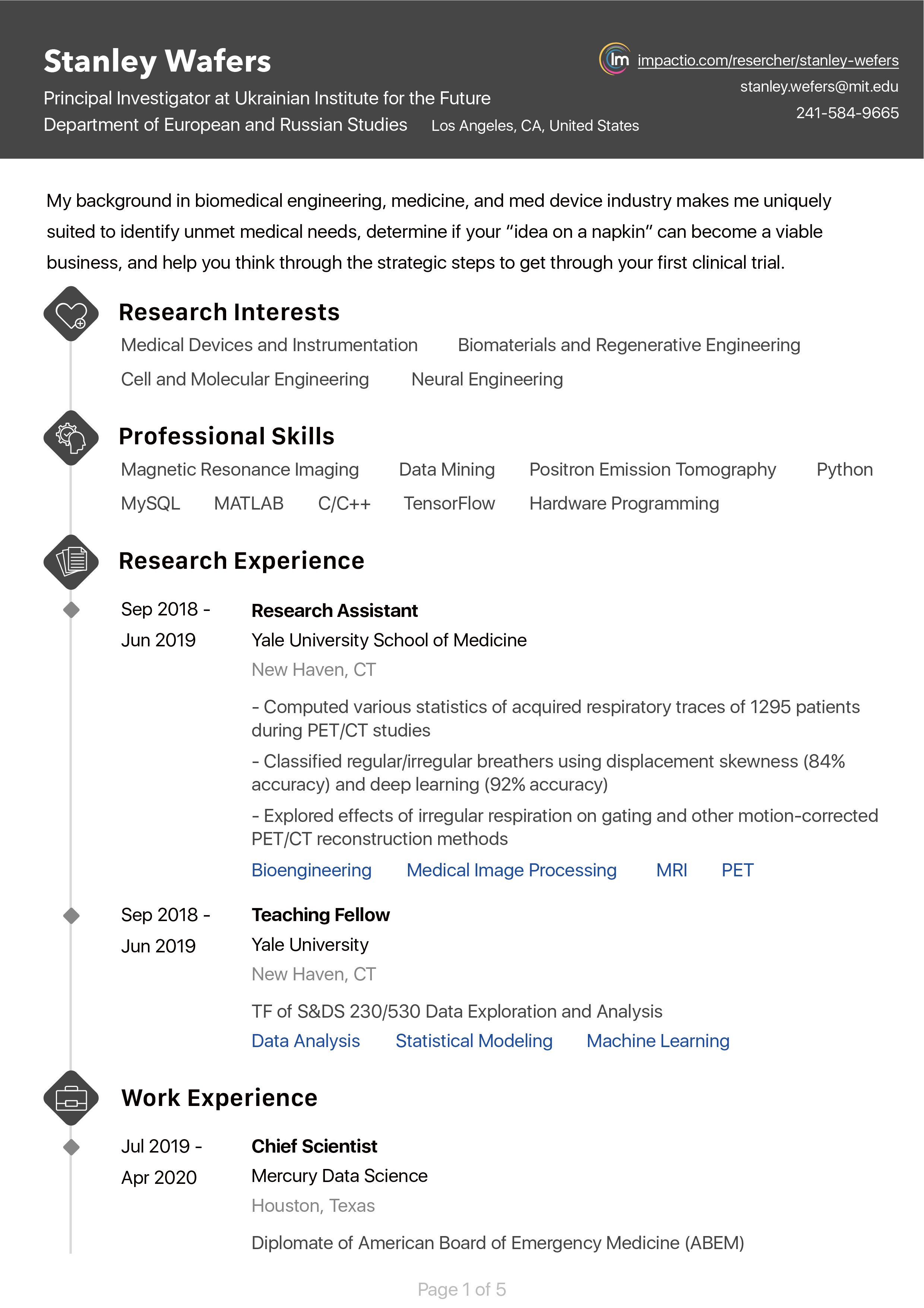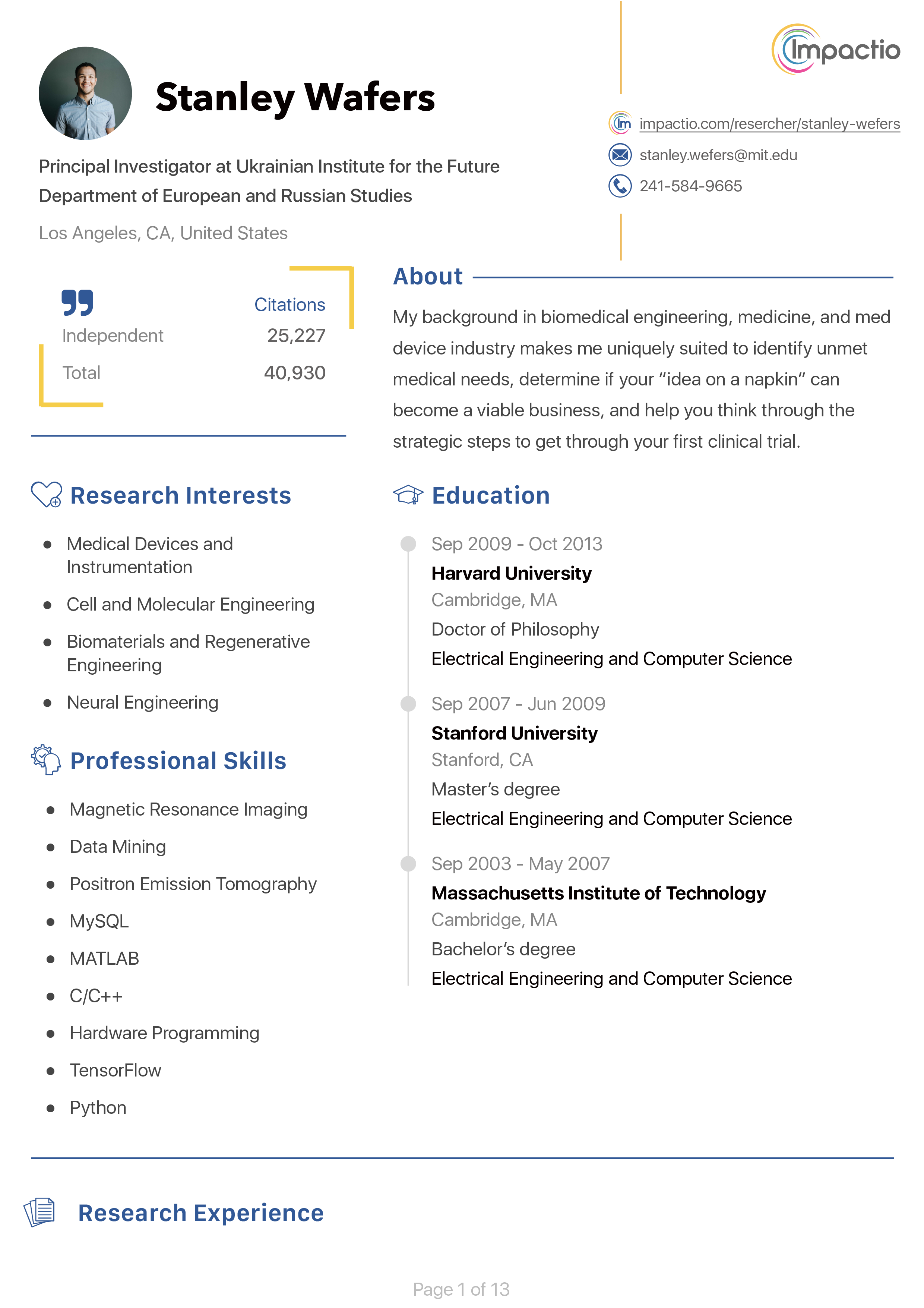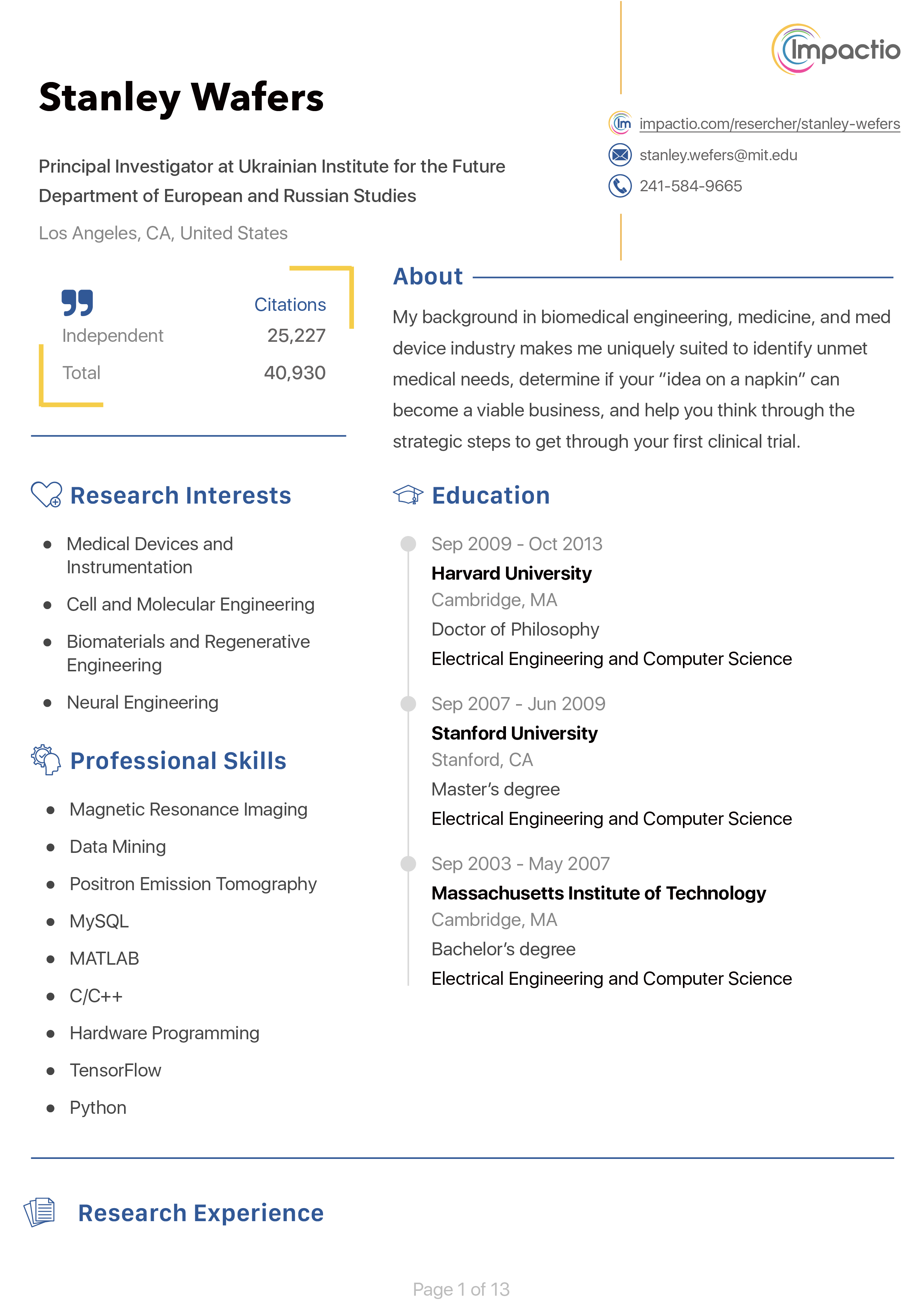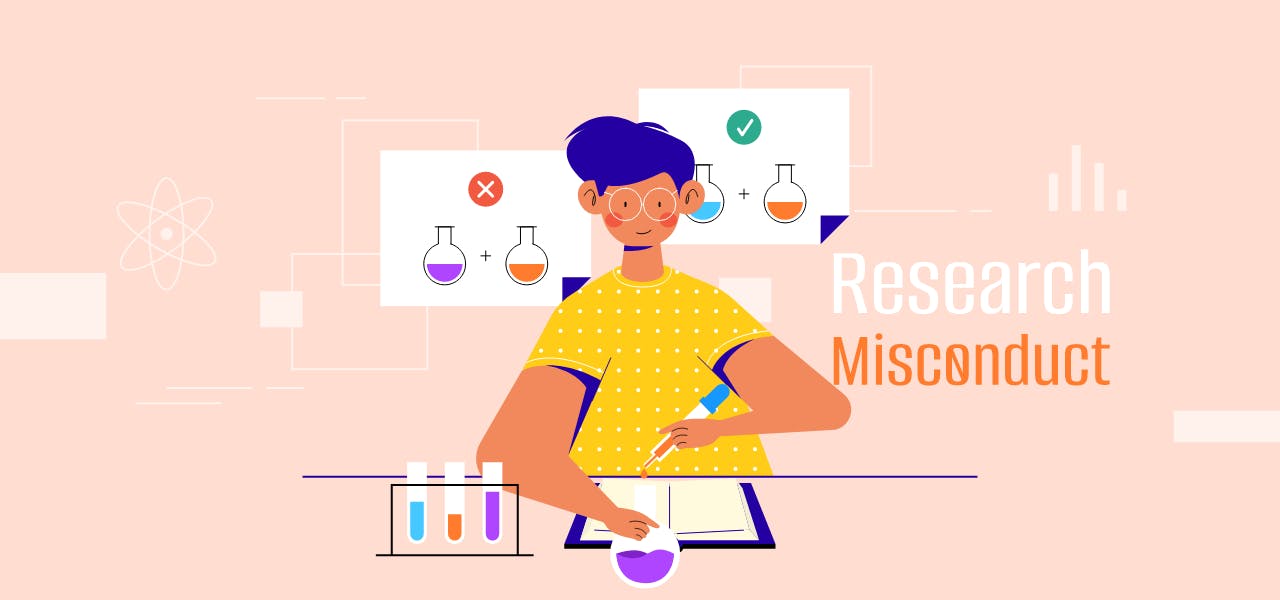About
Our group uses computational techniques (i.e. mathematical modeling, PBPK modeling, systematic review and meta-analysis) to solve toxicological problems.
An example of our research is, mixtures and their effects on lung cancer development, particularly these 3 prominent carcinogens: 1) smoking, 2) asbestos and 3) radon.
In addition, we use a PBPK modeling technique as a computational tool in assessing adverse health outcomes from a few environmental contaminants. Results from our research efforts can be useful for risk assessment processes and policy changes.
Our research also involves genetic factors influencing adverse drug reactions and pharmacokinetic modeling of some psychoactive agents [e.g. tetrahydrocannabinol, cannabidiol and mitragynine) found in cannabis and kratom.
Computer coding
Associate Professor
Naresuan University
August 2016 - Present
Vice President for International Affairs
Naresuan University
October 2013 - Present
Director, Center of Excellence for Environmental Health & Toxicology
Naresuan University
October 2012 - Present
Director of Excellent Center for Environmental Health & Toxicology
Faculty of Pharmaceutical Sciences, Naresuan University
October 2012 - Present
PhD Student
Colorado State University
January 2002 - Present
Visiting Scientist
Colorado State University
July 2001 - Present
Assistant Professor
Naresuan University
December 1999 - Present
Instructor
Naresuan University
April 1997 - Present
Colorado State University
2002 - 2008
Doctoral Degree
, Environmental health (toxicology)
Mahidol University
1994 - 1997
Pharmacy (Clinical Pharmacy)
Chulalongkorn University
1987 - 1991
Bachelor's Degree
, Pharmaceutical sciences
Scholarship
Jun 2003
Royal Thai Scholarship
Scholarship
Jan 2002
Staff Development Program
Realted Researchers









